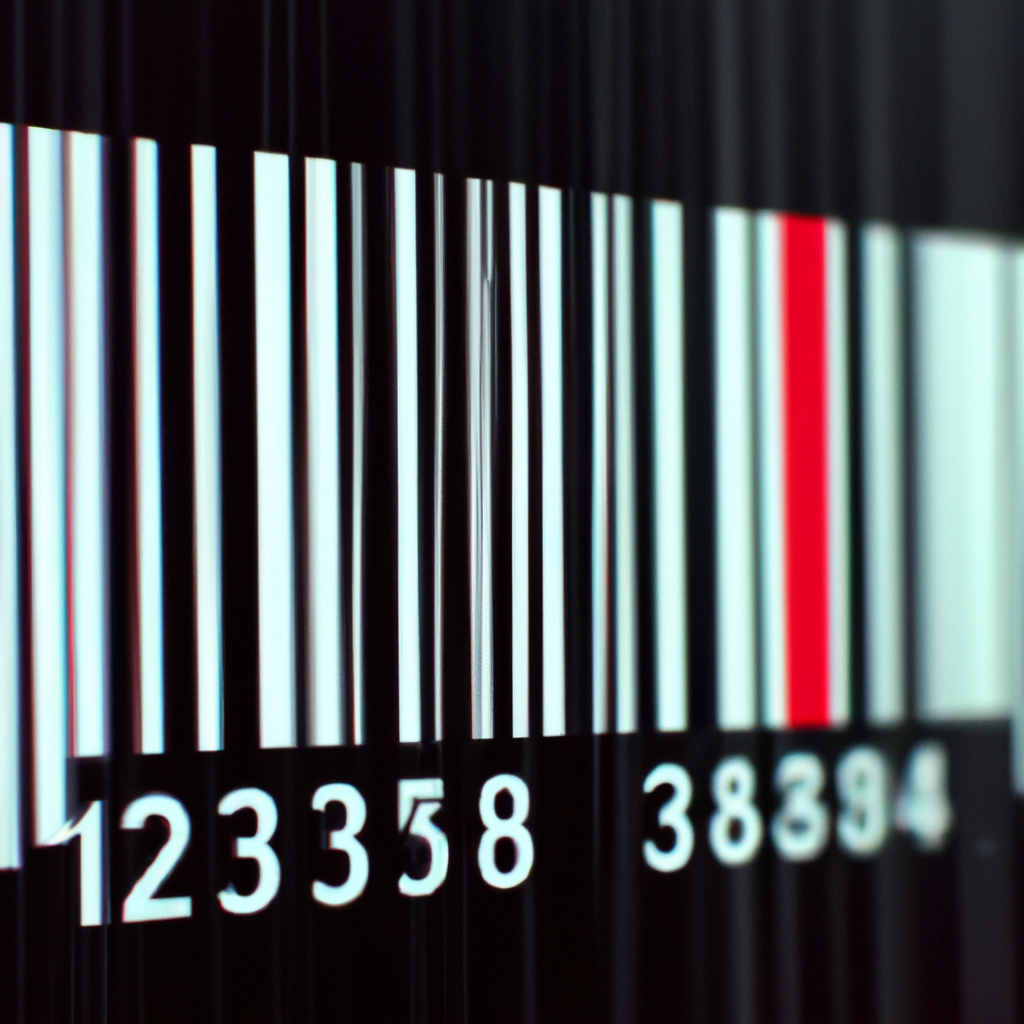Barcodes are ubiquitous in modern society. They are found on virtually every product we buy and use, from the food we eat to the electronics we use. But how do barcodes work? In this article, we will explore the basics of barcode technology, including the different types of barcodes, how they are read, and the benefits of using them.
What is a barcode?

A barcode is a series of vertical bars and spaces of varying widths that represent a unique code. This code can be read by a barcode scanner, which translates the code into readable information, such as a product name, price, or inventory number. Barcodes are used to track products, manage inventory, and improve efficiency in a wide range of industries, from retail to healthcare.
Types of barcodes
There are several types of barcodes, each with its unique structure and purpose. The most common types of barcodes are:
UPC
UPC (Universal Product Code) barcodes are commonly used in the retail industry to track products and manage inventory. They consist of a series of 12 digits, with the first 6 digits representing the manufacturer and the next 5 digits representing the product. The last digit is a check digit used to ensure the accuracy of the code.
EAN
EAN (European Article Number) barcodes are similar to UPC barcodes but are used primarily in Europe. They consist of a series of 13 digits, with the first 3 digits representing the country code, the next 4 digits representing the manufacturer, and the last 6 digits representing the product. Like UPC barcodes, EAN barcodes also have a check digit to ensure accuracy.
QR code
QR (Quick Response) codes are two-dimensional barcodes that can store much more information than traditional barcodes. They consist of a series of black and white squares arranged on a grid. QR codes can store up to several hundred times more information than a traditional barcode, making them useful for applications such as advertising and event ticketing.
How are barcodes read?
Barcodes are read using a barcode scanner, which uses a light source to read the code and a sensor to translate it into readable information. The scanner emits a beam of light that reflects off the barcode and is then detected by the sensor. The scanner then converts the pattern of light and dark bars into readable information, such as a product name or inventory number.
Benefits of using barcodes
Barcodes offer several benefits over traditional manual methods of tracking products and managing inventory. Some of the key benefits include:
- Accuracy: Barcodes are highly accurate and virtually error-free, minimizing the risk of mistakes and reducing the need for manual data entry.
- Efficiency: Barcodes can be read quickly and easily, allowing for faster inventory management and product tracking.
- Cost-effectiveness: Barcodes are relatively inexpensive to implement and require minimal maintenance, making them a cost-effective solution for businesses of all sizes.
- Flexibility: Barcodes can be used in a wide range of industries and applications, from retail to healthcare to logistics.
In conclusion, barcodes are an essential technology that plays a critical role in modern society. They offer a fast, accurate, and cost-effective way to track products and manage inventory, making them an indispensable tool for businesses of all sizes. Whether you are a retailer, manufacturer, or logistics provider, barcodes can help you streamline your operations and improve your bottom line.






